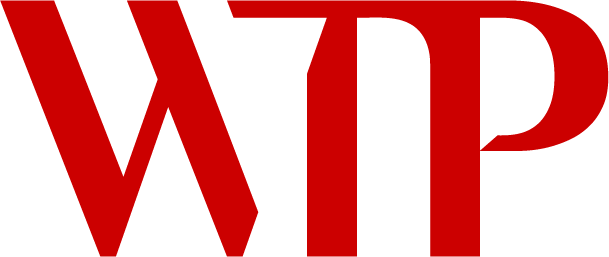Trends in Human Resources
It is an ever-changing environment for human resources professionals. The list of challenges and trends keeps increasing as a result of monitoring current and potential employees and being the point of contact for all interpersonnel issues. For businesses and their HR departments alike to retain their employees and keep their companies going, they must become even more adaptable, and at a faster pace, since 2020.
With the start of “The Great Resignation” in the summer of 2022, there have been more applicants in the job pool and more positions opening up. The challenge now is how to recruit and retain the top talent that all companies, both large and small, urgently require.
The Talent Shortage
It has been suggested that one of the causes of the talent shortage is that employers are not providing their current employees with the benefits and services they need and want, causing top candidates to look elsewhere for employment. There is also a moment of repose, as many candidates have the time to be at home and focus on their true passions in life and work.
As a result of this change of pace, employers are experiencing a shortage of candidates across the entire job market. The problem is not just job seekers not being willing to accept jobs, but also unwillingness to compromise their interests. The right job is out there, which matches the needs of both employers and employees, and candidates are aware of that. To ensure that their job remains viable and fillable in the market, employers and recruiters need to re-prioritize their benefits package and salary expectations.
Counteroffers and Retention
A major hurdle is overcoming the high number of counteroffers on the market. The fact that candidates have a million offers on the table is one of many factors that make it difficult to acquire a top candidate, according to Nusbaum. In many cases, candidates are recruited and then sent new job postings that may offer more than what they are doing currently, both economically and personally.
In order to combat this growing challenge, it is imperative to keep current and future employees engaged and motivated. Businesses must re-think what they offer to their employees – otherwise, their precious as gold current employees will become top tier candidates for other companies soon. Remote working offers a great deal of work/life balance, which is a major advantage of potential new positions.
There are some companies where the employees are back in the office five days a week, and recruiting for these companies is extremely challenging because a number of candidates do not want that anymore, according to Nusbaum. A growing number of candidates are seeking employment opportunities that offer improved pay, benefits, and flexibility of work location.
Salary Inflation
As the job market continues to increase, so do the salaries of qualified professionals. According to Nusbaum, salary inflation is more drastic than he has ever observed. In the market, junior level candidates are seeking astronomical salaries one year out of college because that is what they are seeing.
As a result of the growing demand for qualified talent, many employers are raising their salary caps to ensure that they can hire the best candidates.
Diversity, Equality, and Inclusion
DEI has always been part of the conversation but has become an even bigger area of focus in more recent years. Having so many applicants in the job pool means that companies are going to be able to find exactly what they need. An engaged and satisfied workforce can be built by incorporating people of all backgrounds from race, language, gender, etc.
Innovation and new ways of thinking can also be unlocked by a company that prides itself on supporting DEI ventures. DEI has a major advantage over complex problems since a more diverse workforce can deliver more diverse solutions. It is inevitable that innovation will follow as people with a variety of backgrounds and experiences bring their respective advantages to the table.
Changing Regulations
On 21 May 2022, the Australian Federal Government changed with the election of the Australian Labour Party. During the election campaign, the new government proposed to conduct a summit to bring together employer, business, union and government leaders to explore mechanisms to improve wages and boost productivity.
The Fair Work Act 2009 is currently under review and there are many regulations under consideration with regard to the workforce at the moment; More recently, we saw mandatory imposed vaccinations required within the workplace. With the monitoring of COVID outbreaks in local areas, HR departments have to navigate local and state mandates more often than before.
In the United States, New York City lawmakers made it so that any job posting must disclose the salary. A new law states that failing to include the minimum and maximum salaries for all positions in New York City in job listings constitutes unlawful discrimination. This can pose a challenge to HR departments as they work with their companies and candidates. If the employer is not be as competitive as others, they may be disadvantaged when recruiting, because someone may pass up the job before learning about the role’s benefits, or more about what the job entails.
In response to the current job market, HR departments and recruiters continue to adapt and evolve. After all, the objective is always to find the right candidate and position.



